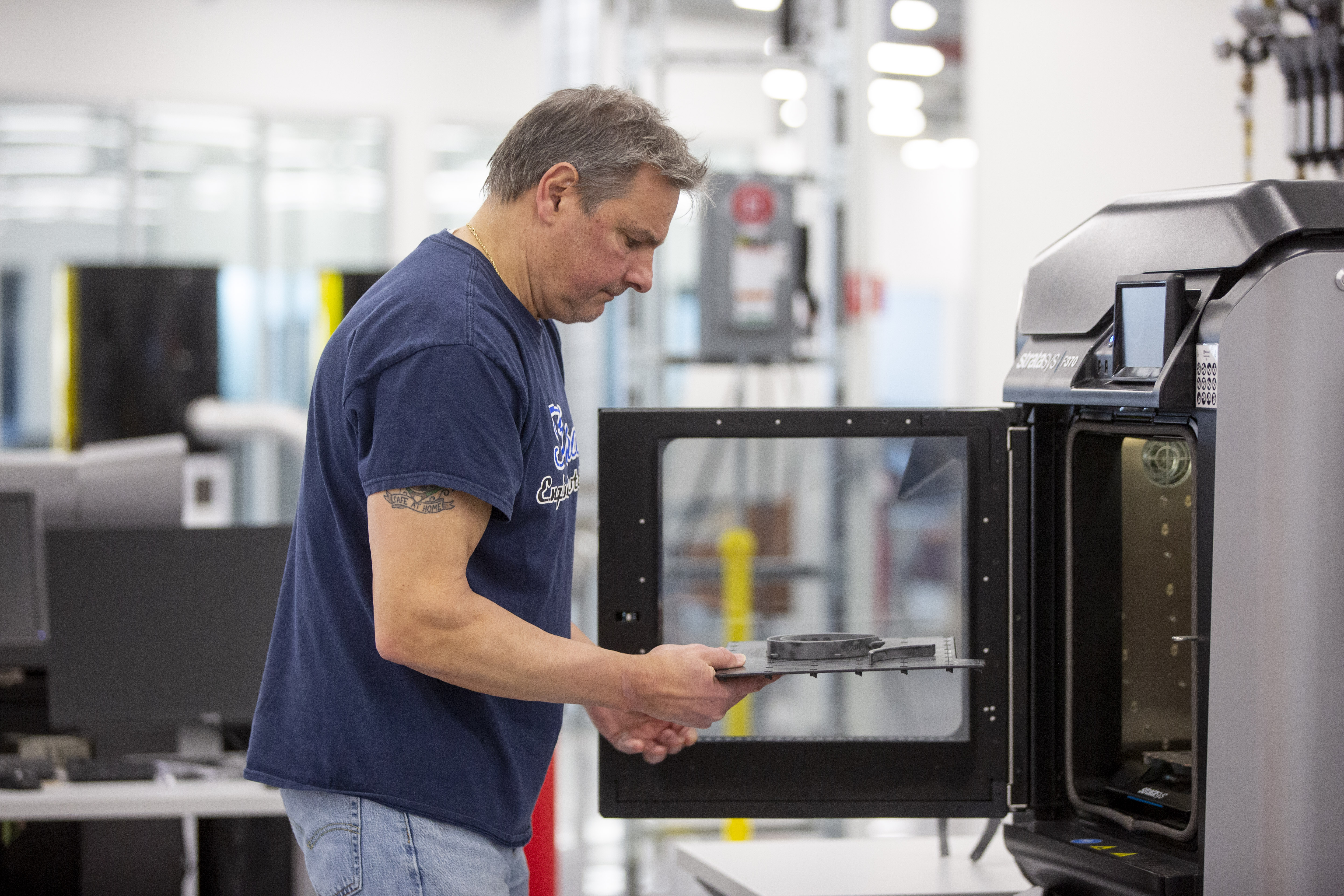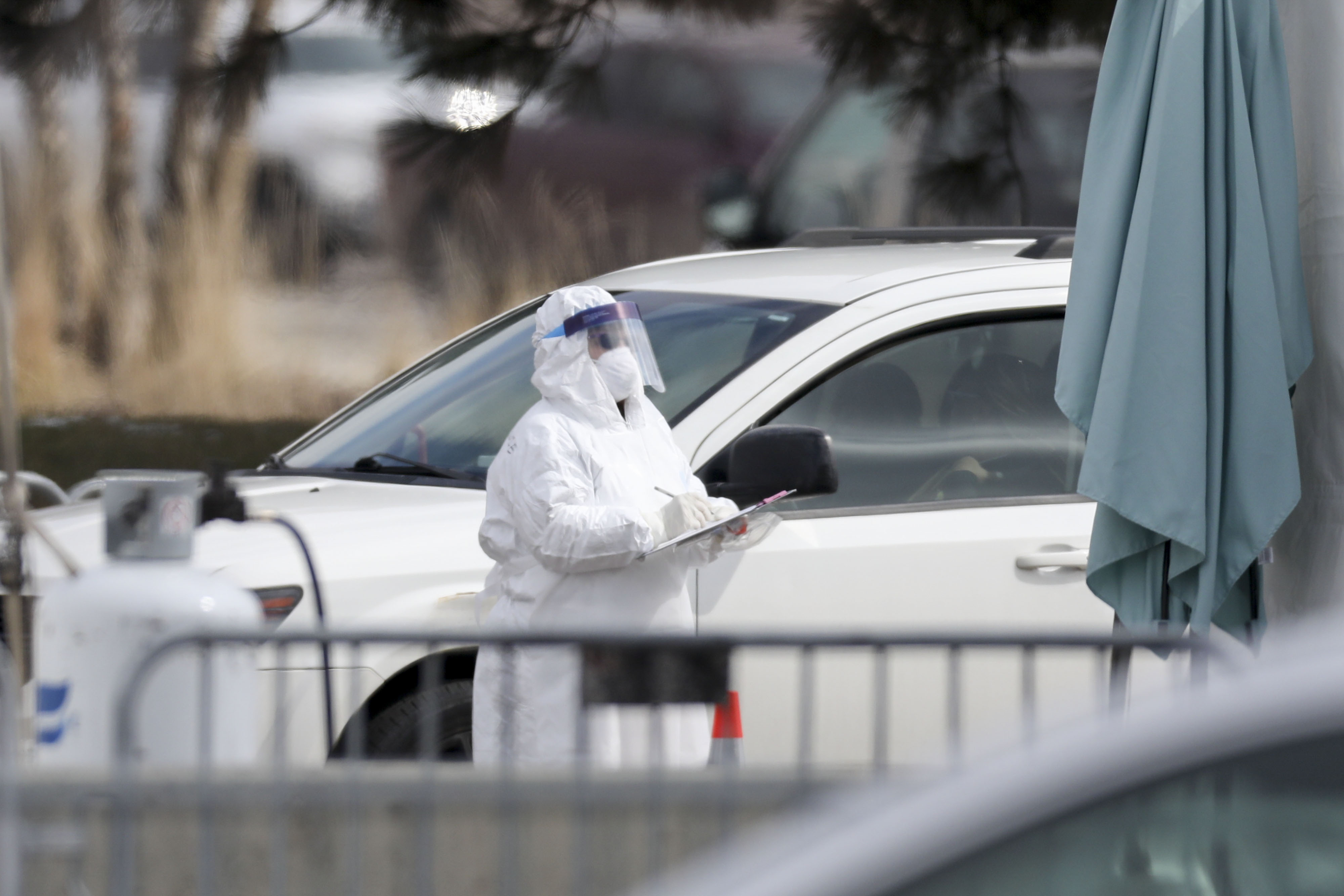In what he called part of a continuing efforts to provide “honesty and transparency” to residents of Illinois, Governor J.B. Pritzker detailed what coronavirus cases would have looked like in the state had he not enacted sweeping “stay-at-home” and social distancing measures to slow the spread of the novel coronavirus.
“You deserve honesty and transparency on the gravity of the situation and the reasoning behind our aggressive measures, like the stay-at-home order I’ve put in place,” the governor said during a Tuesday press briefing.
According to DPH estimates, the state of Illinois would have needed to more than double its capacity of non-intensive care unit beds by April 6 had officials not acted to prevent the spread of the coronavirus. The projections also indicated that the state would have needed nearly 9,500 additional ICU beds to combat the crisis, along with 4,704 ventilators.
Currently, the state has approximately 26,025 non-ICU beds in hospitals, 51.6 percent of which are currently in use. The state also has 2,594 ICU beds, 57.4 percent of which are in use. State hospitals have 2,229 ventilators, with 634 currently in use, according to the latest figures.
According to the “worst case scenario” number released Tuesday, the Department of Public Health projected that hospitals across the state would need an additional 2,511 non-ICU beds, 837 ICU beds and 419 ventilators compared to current capacity by March 30.
The numbers are even more dizzying in the second week out. As of April 6, IDPH projected hospitals would need an additional 28,222 non-ICU beds, 9,407 ICU beds and 4,704 ventilators compared to current capacity.
According to the press release, the state believes that the mitigation and suppression methods employed thus far will prevent hospitals from getting to that point, and the release says the “anticipated need will likely fall below these forecasts.”
According to IDPH, 16 percent of coronavirus cases in the state have required hospitalization, with four percent of cases requiring admission into intensive care units.
The state is taking several steps to increase its stockpile of needed personal protective equipment and medical supplies. According to Pritzker, President Donald Trump promised to send the state an additional 300 ventilators and more than 300,000 N95 medical masks to help deal with the anticipated spike in patients needing medical care.
The state will also continue to set up triage centers at hospitals across the state. Of the state’s approximately 200 hospitals, 66 currently have set up triage centers outside of their facilities to evaluate COVID-19 patients, and 26 additional hospitals are working with the state to open new triage centers.
The DPH is also looking into re-purposing closed hospitals, temporarily re-opening them. In a “worst case scenario surge,” the state could dedicate several dozen existing hospitals almost entirely to COVID-19 cases, while moving non COVID-19 patients to other hospitals, including re-outfitted locations that had previously been closed.



